Содержание
- 2. Global Marketing Vs. Marketing Marketing is the process of planning and executing the conception, pricing, promotion,
- 3. Reasons for Global Marketing Growth Access to new markets Access to resources Survival Against competitors with
- 4. Keys to Global Success Value creation Competitive Advantage Focus
- 5. Value Creation Value = Benefits/Price Price is a function of money, time, and effort Benefits result
- 6. Competitive Advantage Success over competition in industry at value creation Achieved by integrating and leveraging operations
- 7. Focus Concentration and attention on core business and competence Nestle is focused: We are food and
- 8. Globalization or Global Localization? Globalization Developing standardized products marketed worldwide with a standardized marketing mix Essence
- 9. Examples of Global Marketers Coca-Cola Philip Morris Daimler-Chrysler McDonald’s Toyota Ford Unilever Gillette IBM USA USA
- 10. Why Go Global? For US-based companies, 75% of sales potential is outside the US. About 90%
- 11. Globalisation Drivers Market - common customer needs, global customers, global channels, transferable marketing, leading markets Competitive
- 12. Competition in a Shrinking World Five key factors Communications and logistics Financial and non-monetary settlement World
- 13. Barriers to Globalisation Large domestic market - no short term need Ignorance and uncertainty of foreign
- 14. Multinational v Global Markets Multinational Markets defined by country borders Significant customer differences by country Segments
- 15. Multinational versus Global Organisations Multinational firms combine various market entry strategies, with modification of approach based
- 16. Risk Assessment Category One - Inherent Governmental and political environment Stability of the host nation Economic
- 17. Culture and International Marketing Culture shapes demand Culture affects business relationships and communications
- 18. Understanding Culture Culture: The accumulation of shared meanings, rituals, norms, and traditions among the members of
- 19. What Is Culture? Culture is “the collective programming of mind which distinguishes one category of people
- 20. Culture’s Components
- 21. Interpreting symbols 7 bad luck in Kenya 7 good luck in the Czech Republic 7 magical
- 22. Four Dimensions of Cultural Variability (Hofstede 1980) Power Distance Uncertainty Avoidance Masculinity/femininity Individualism Collectivist Cultures: People
- 23. Characterizing Dimensions Relation to authority hierarchical relations (power distance) Relation to self self-concept and personality (individualism)
- 24. Individualism v Collectivism Individualism is the extent to which individuals are integrated into groups Individualist societies
- 25. Countries (1980) Individualism United States Great Britain Canada Italy Australia Collectivism Japan Iran Taiwan Colombia
- 26. Power Distance Power distance is the extent to which the less powerful members of an organisation
- 27. Small Power Distance Societies Small power distance society Hierarchy means inequality of roles is established for
- 28. Masculinity v Femininity Hofstede (1998) Masculinity & Femininity Masculine societies Assertiveness is appreciated Oversell yourself Stress
- 29. Long/short term orientation or Confucian Dynamic High Many truths (time, context) Pragmatic Long-term orientation Acceptance of
- 30. What correlates with Hofstede’s dimensions? (Hofstede 2001) Individualism purchase insurance, have dogs, own a motor home
- 31. Socio-cultural environment Family – Individualism & Collectivism Extent of group/family influence on attitudes and buying behaviour?
- 32. Socio-cultural environment Sex roles Division of labour? Who makes buying decisions? Who shops? Age influences Do
- 33. Loyalty – brand, product, store … USA – value opportunity Assumed disloyal Enjoy change more than
- 34. Key Issues Time Language, forms of address Non-verbal communication, dress code Responsibility Introductions Negotiations
- 35. The Great Divide - Deal v Relationship Deal Moderately Relationship Focused Deal-Focused Focused Northern Europe Britain
- 36. Euroconsumer: Fact or Fiction? Levitt (1983) “The world’s needs and desires have become irrevocably homogenised.” Technology
- 37. International Marketing Environment
- 38. IT Environment New Challenges in Marketing The Age of Technological Discontinuities The Economic Environment Stages of
- 39. E-Commerce Intranet Internet Portals Web Browser World Wide Web Virtual Reality EDI (electronic data exchange) IT
- 40. The Age of Technological Discontinuities The rapid advances in ICT are profoundly affecting the way global
- 41. The Economic Environment World Economy has changed profoundly during the last 50 years Emergence of global
- 42. Economic Systems: Rankings of economic freedom among countries Free: E.g., Hong Kong, Singapore, US, Japan, UK,
- 43. Stages of Market Development High income countries Upper-middle income countries Lower-middle income countries Low income countries
- 44. China India Indonesia South Korea Brazil BEMs: Big Emerging Markets Mexico Argentina South Africa Poland Turkey
- 45. The Political Environment Global marketing activities influenced by governmental institutions, political parties, and organisations Environment determines
- 46. Privatization Moves an economy toward free-market direction Evidence that governments are changing how they exercise sovereign
- 47. Ways to Avoid Legal Problems (1) Scope of legal regulations Know about treaties of friendship, commerce,
- 48. Ways to Avoid Legal Problems (2) Intellectual Property (cont.) Beware of counterfeiting: the unauthorized copying and
- 49. Ways to Avoid Legal Problems (3) Licensing Contractual agreement in which a licensor allows a licensee
- 50. Institutions in the World Economy World Trade Organisation (WTO) Since 1947 it sponsored 8 major multilateral
- 51. Institutions in the World Economy World Trade Organisation (WTO) cont.. Main Roles Provide a framework for
- 52. Regionalisation of Markets (1) Many different forms of economic co-operation between countries Free trade areas free
- 53. Regionalisation of Markets (2) European Union (EU) 15 European member countries Market of 379 million people
- 54. Regionalism and the MNC Relevant market area will shape the firm’s decisions logistics: supply from within
- 55. International Financial System Exchange Rate Stability major currencies are ‘floating’ ER fluctuations can affect profits impacts
- 56. International Financial System Exchange Rate Stability major currencies are ‘floating’ fluctuations can affect profits impacts logistics
- 57. Jurisdiction Employees of foreign companies should understand the extent to which they are subject to jurisdiction
- 58. Today… Product Concepts Global Product Planning: Strategic Alternatives - Adaptation Vs Standardisation Global Brand Leadership Country
- 60. Скачать презентацию



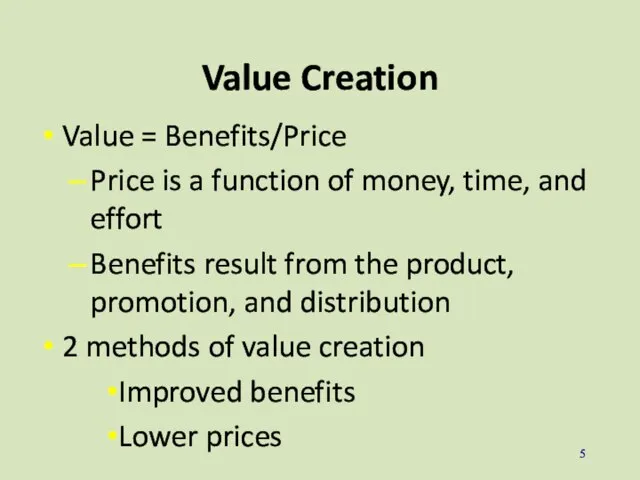
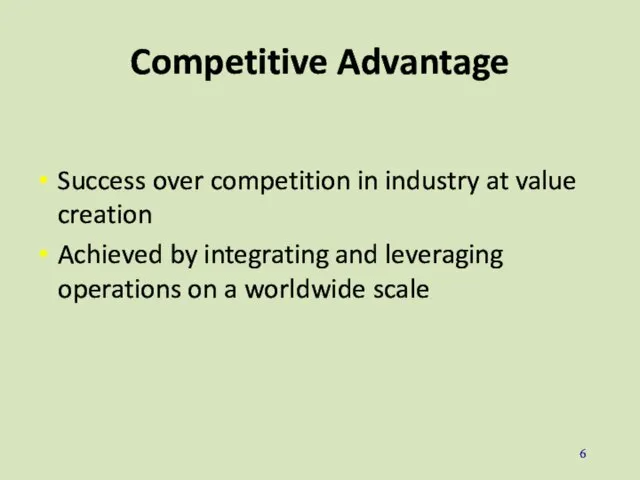
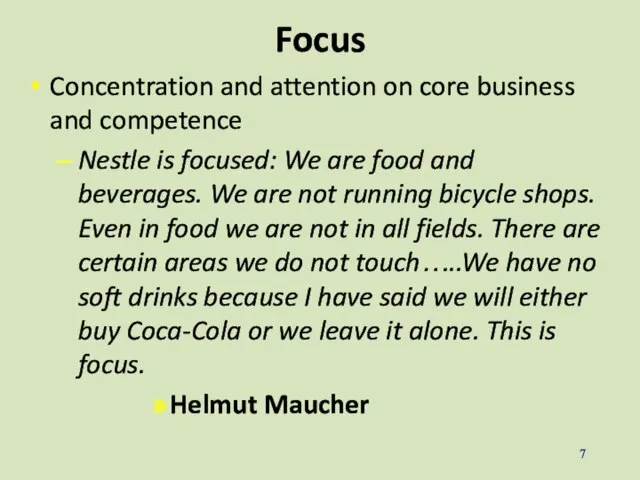
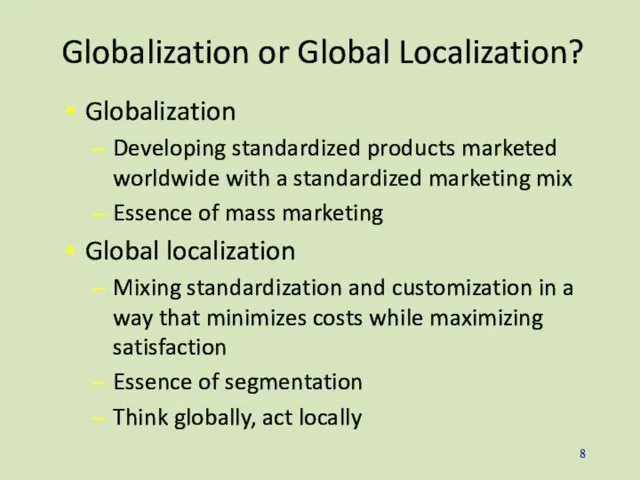
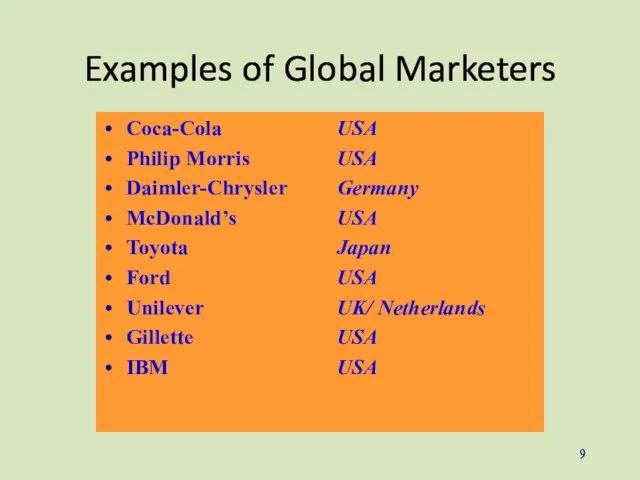
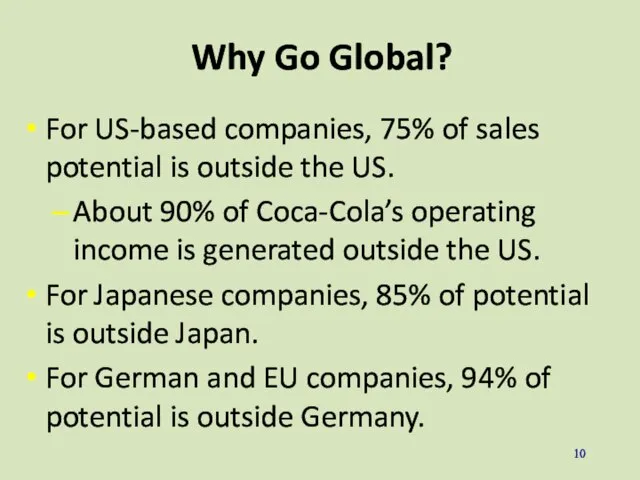
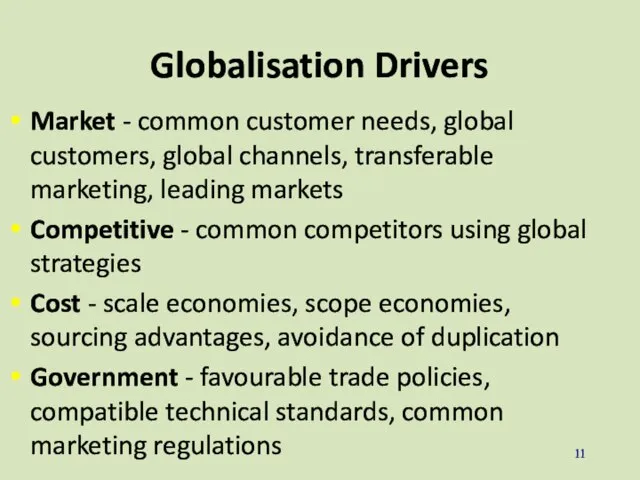
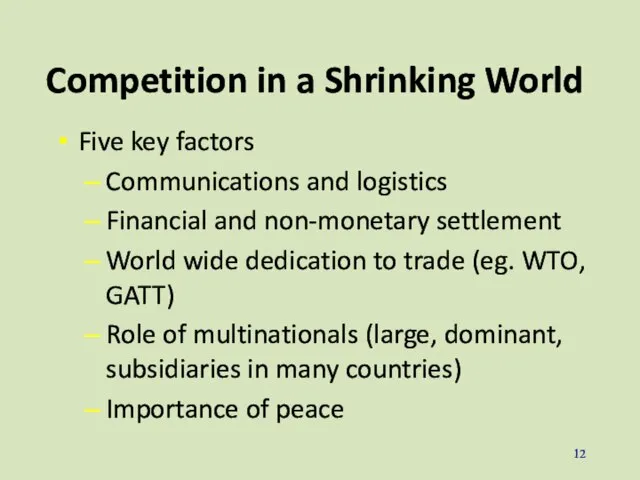
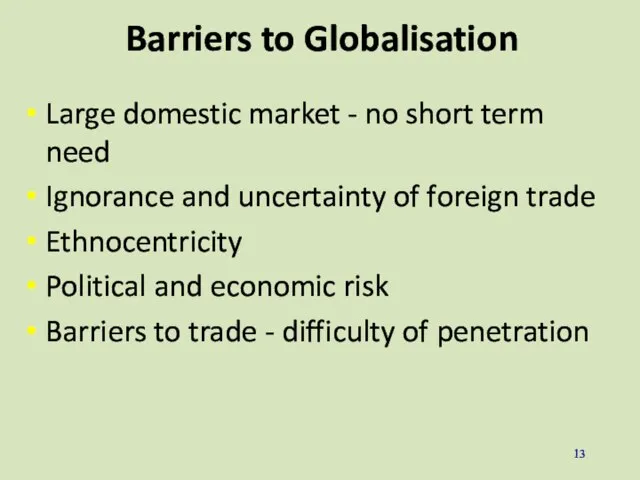
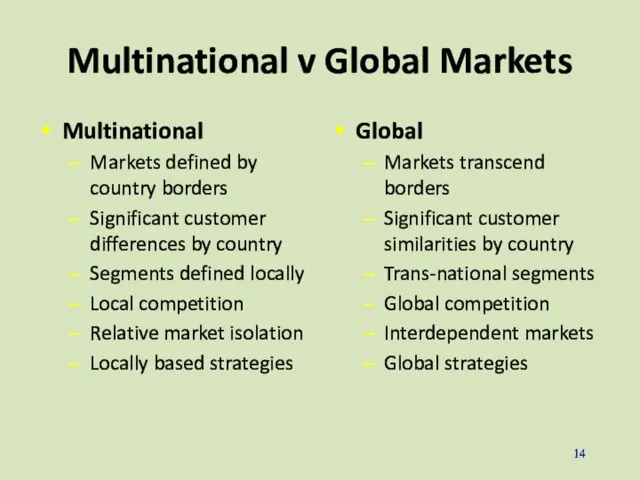
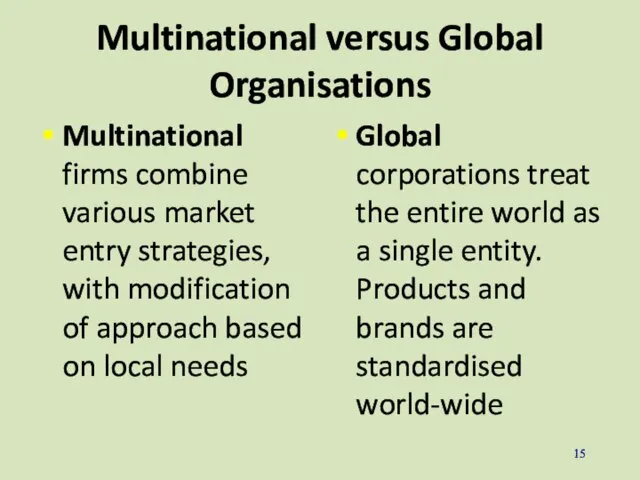
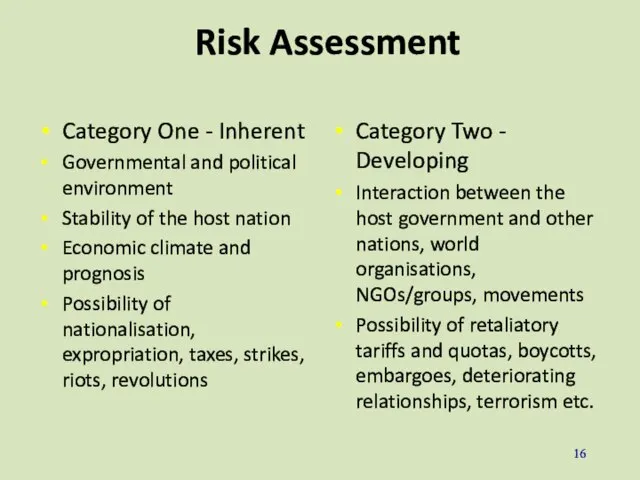
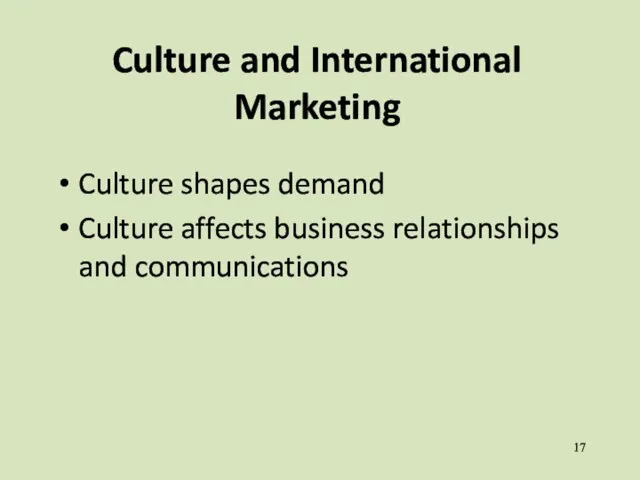
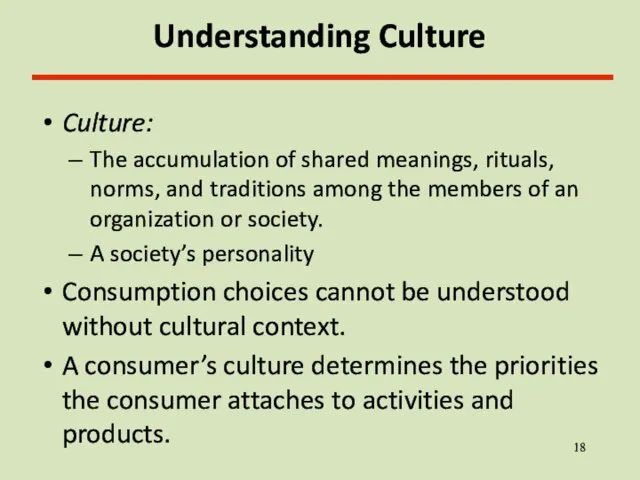
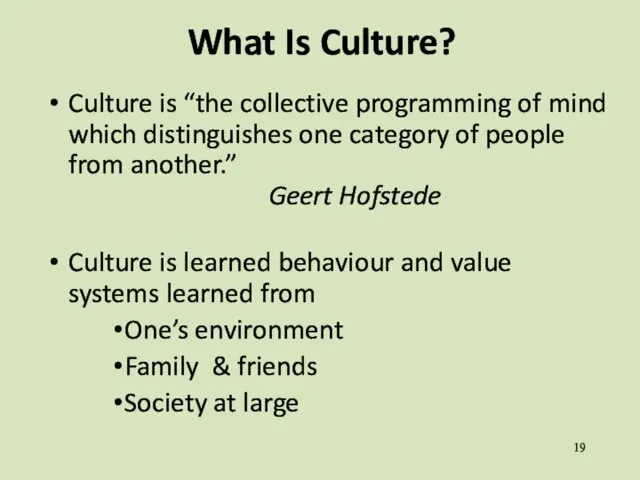
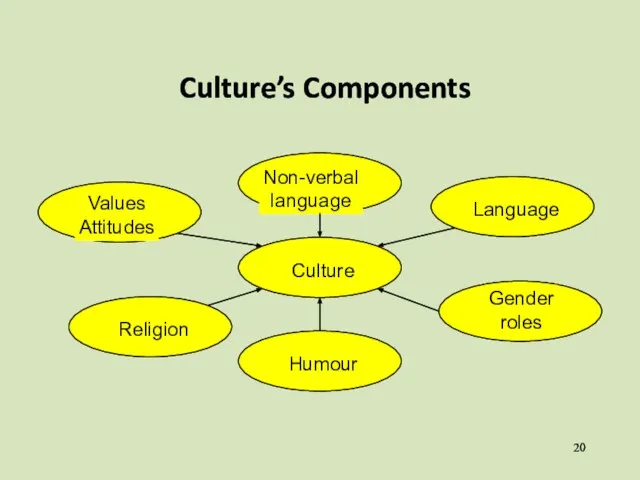
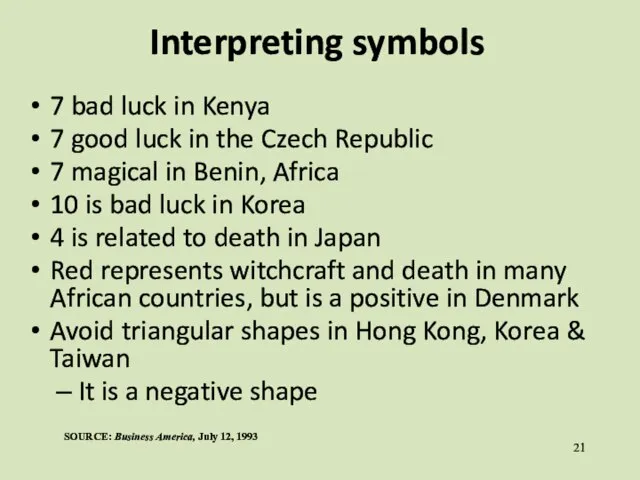
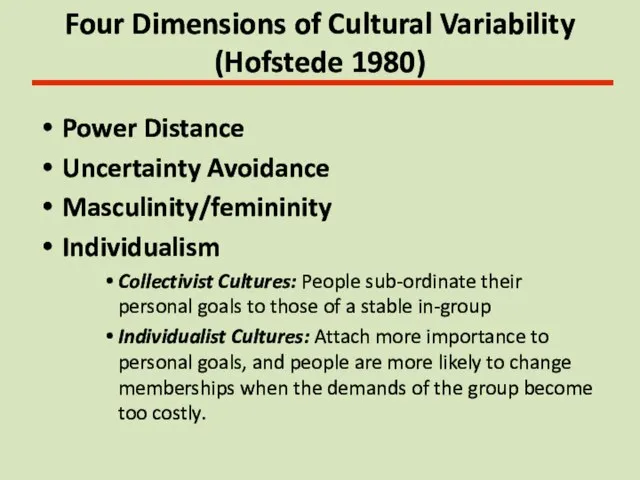
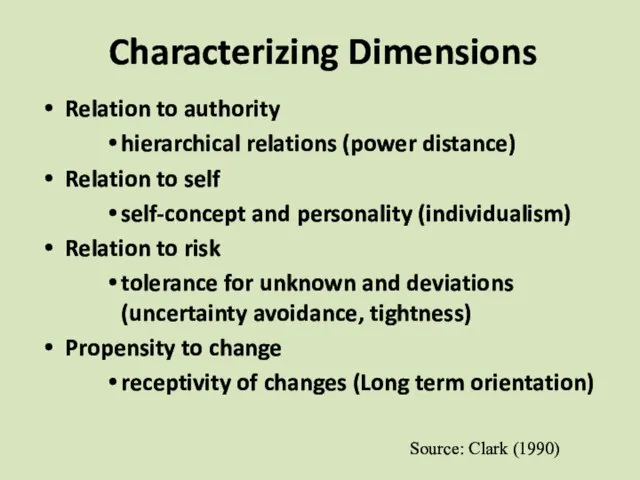
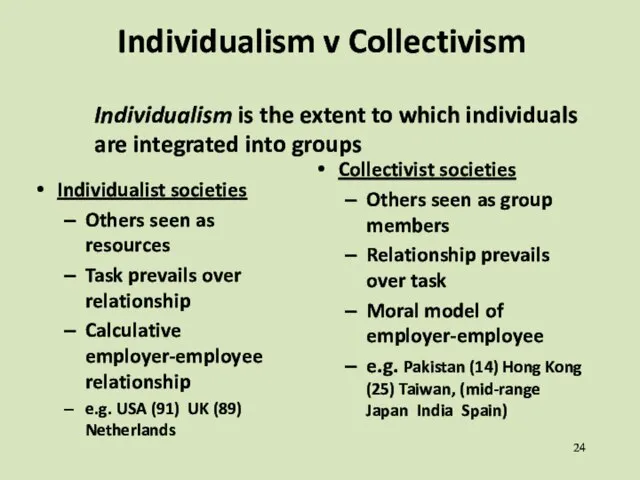
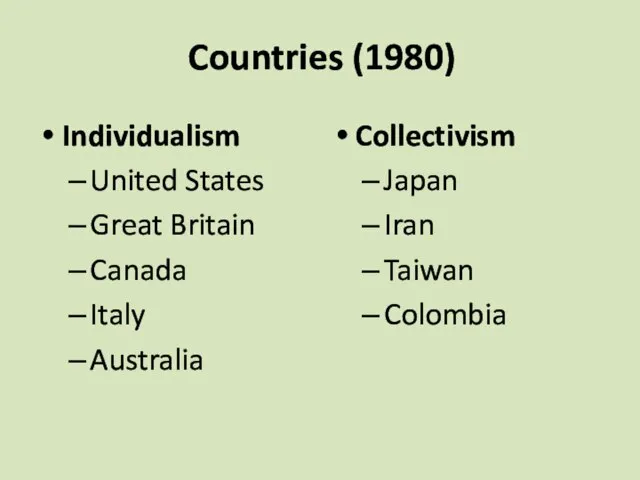

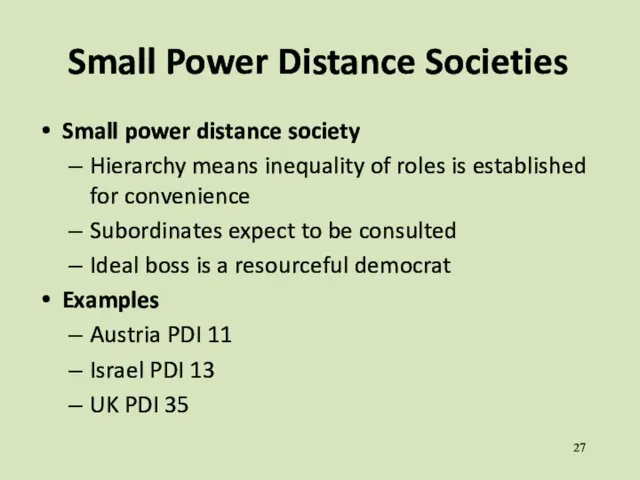
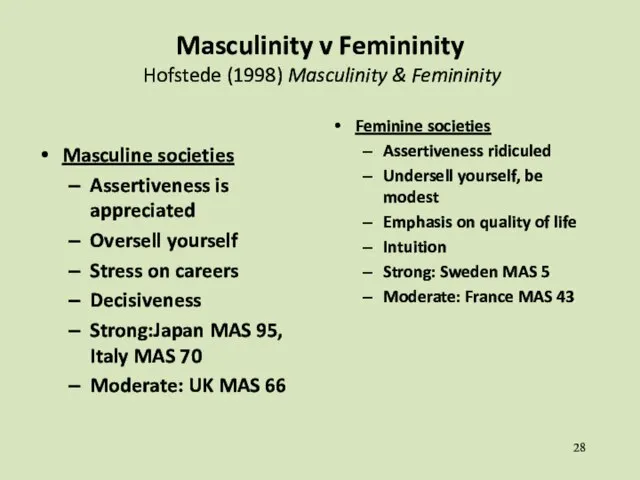
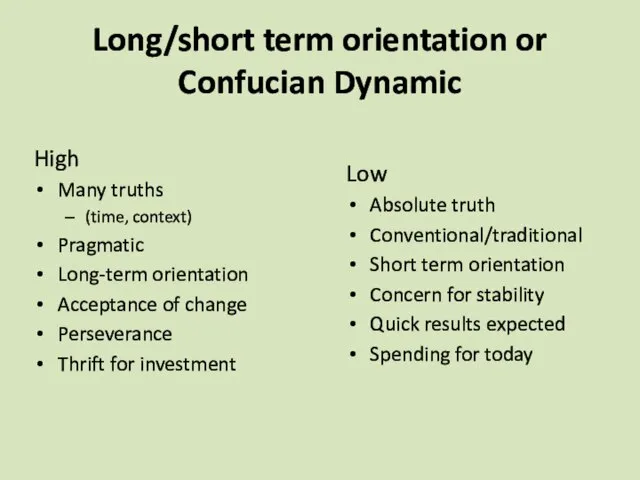
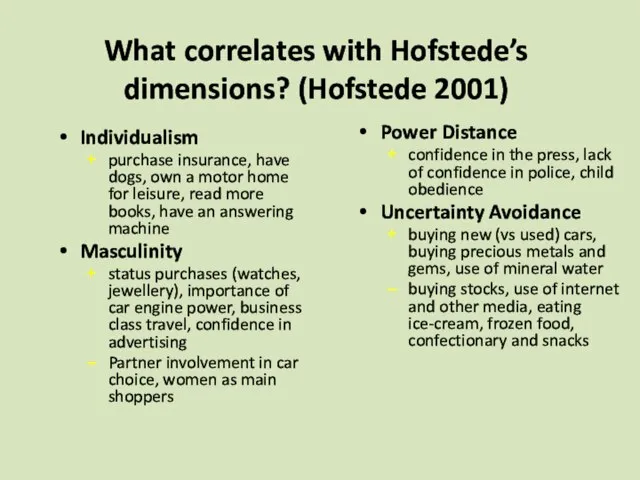
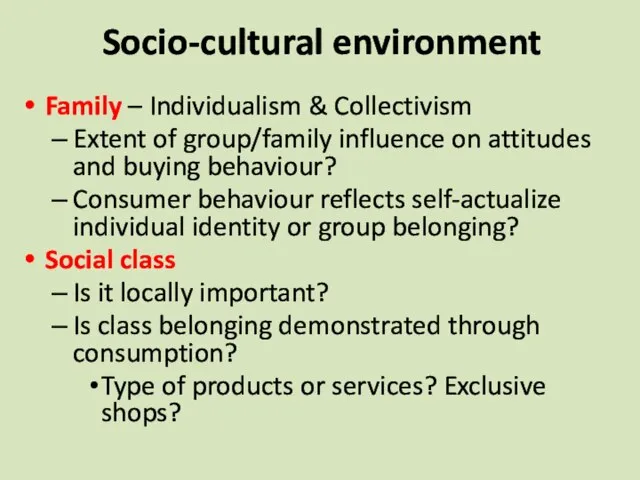
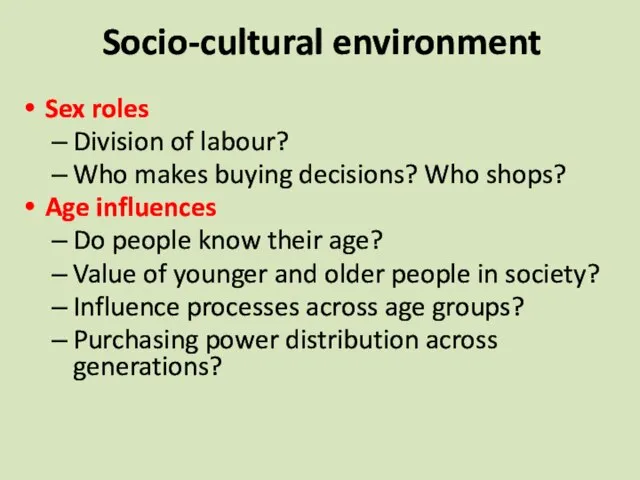
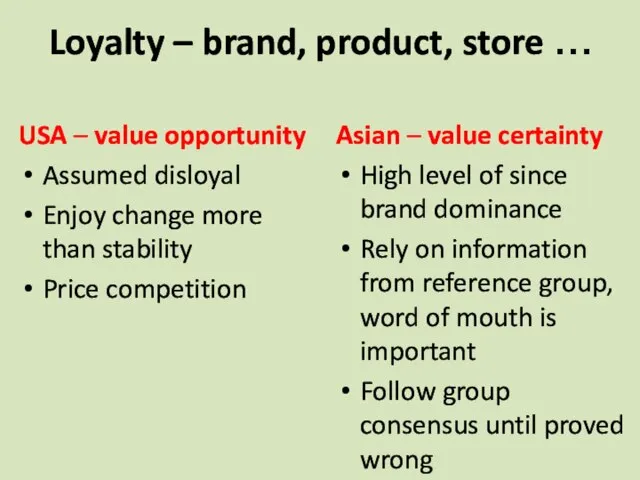

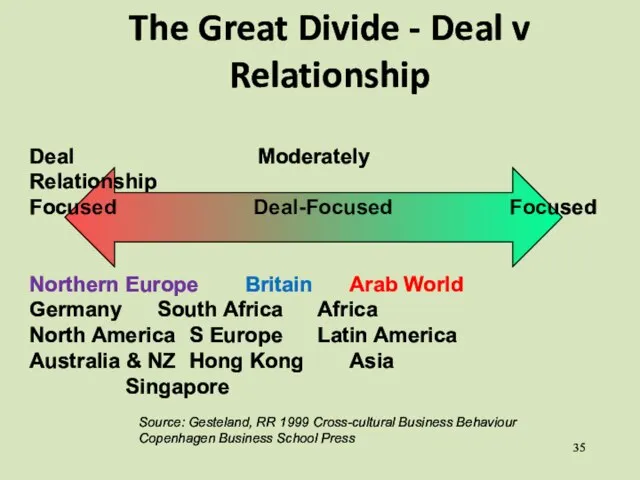
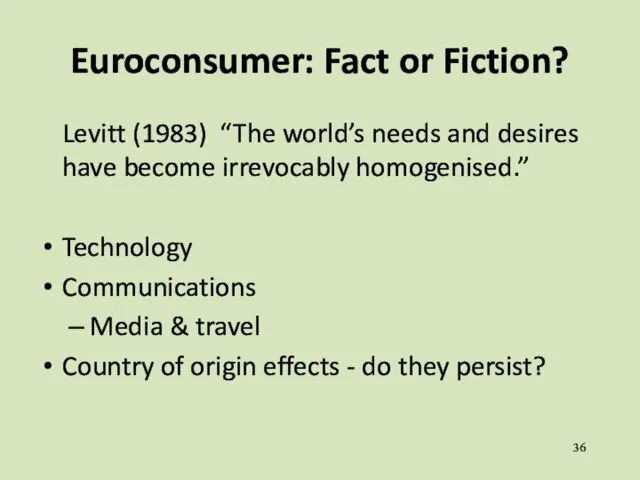
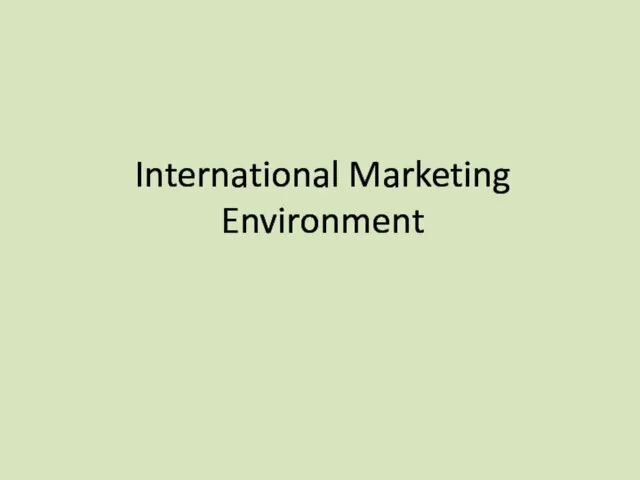
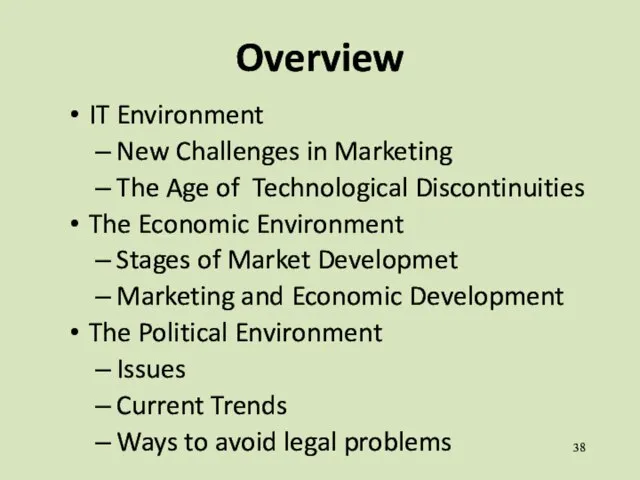
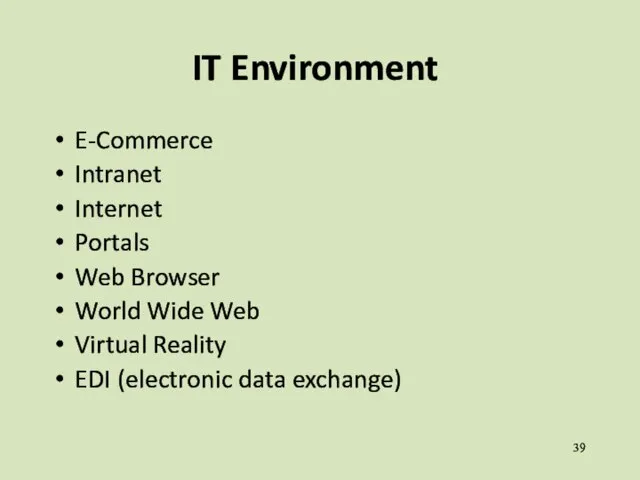
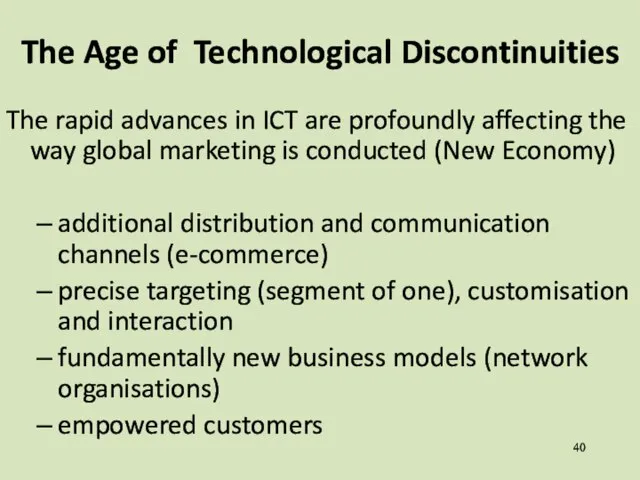
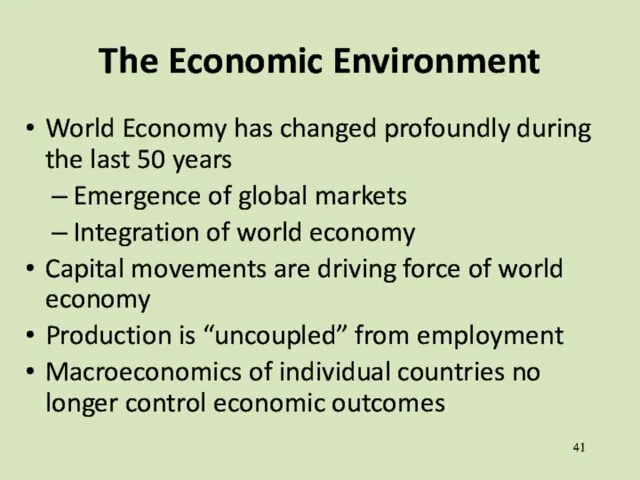
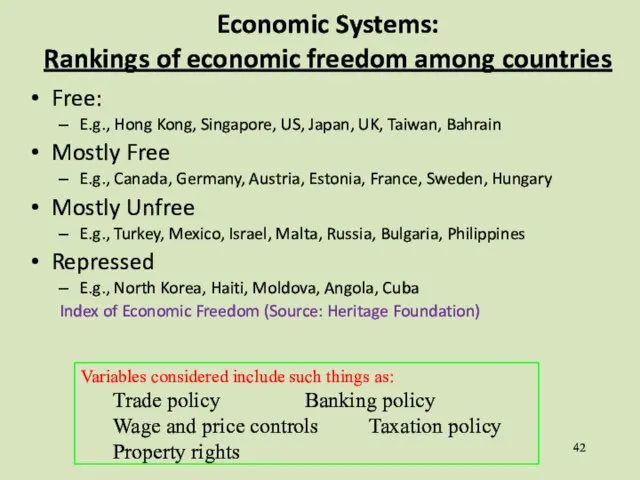
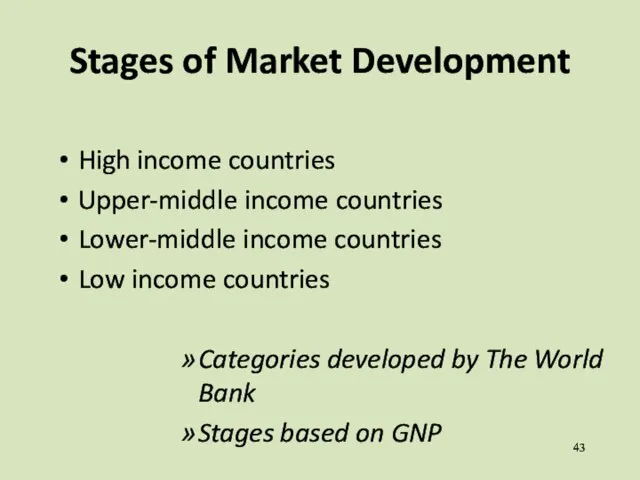
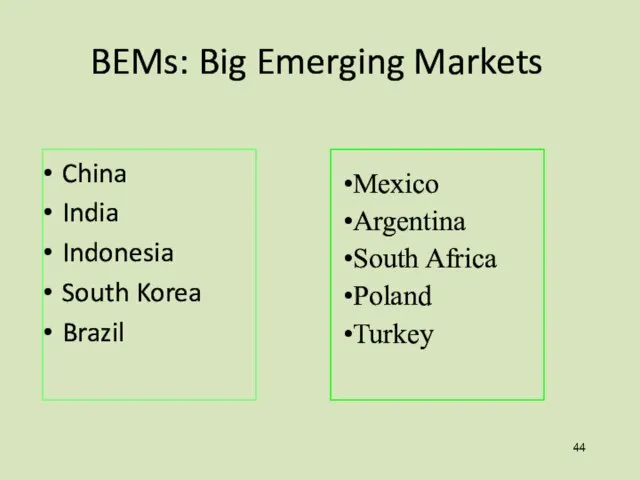
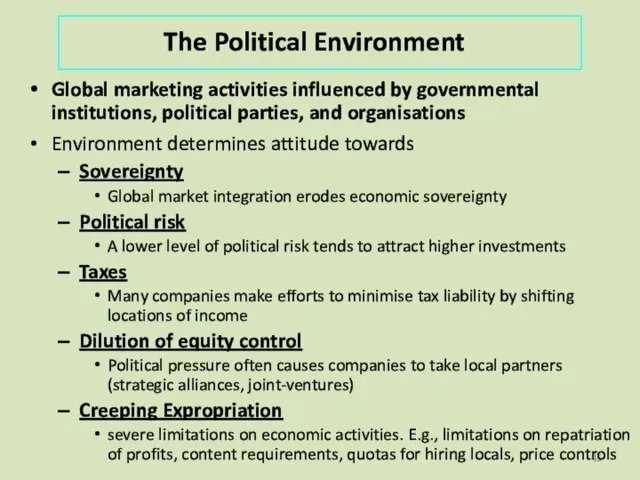
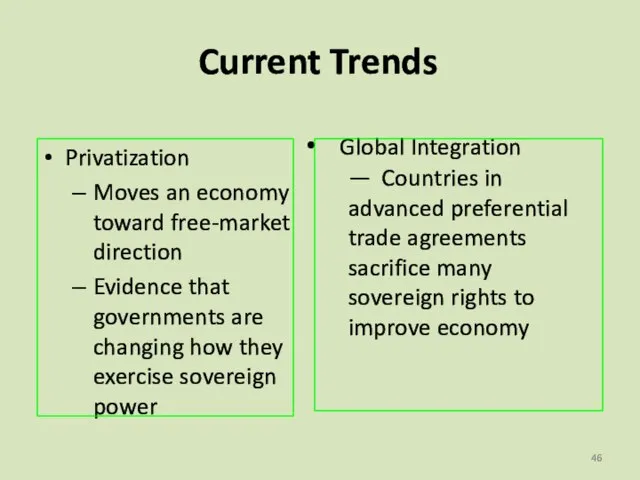
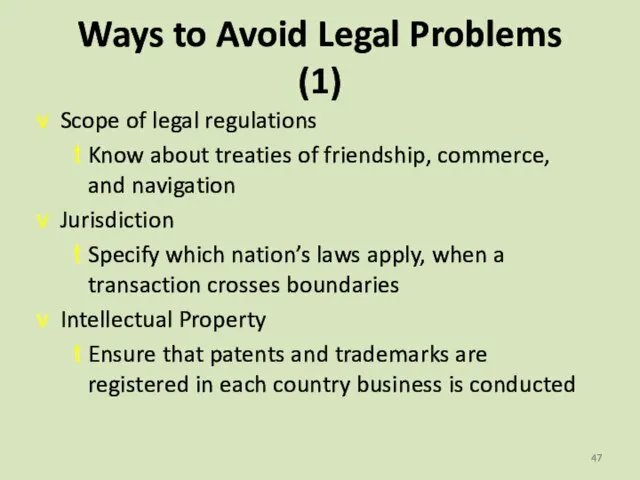
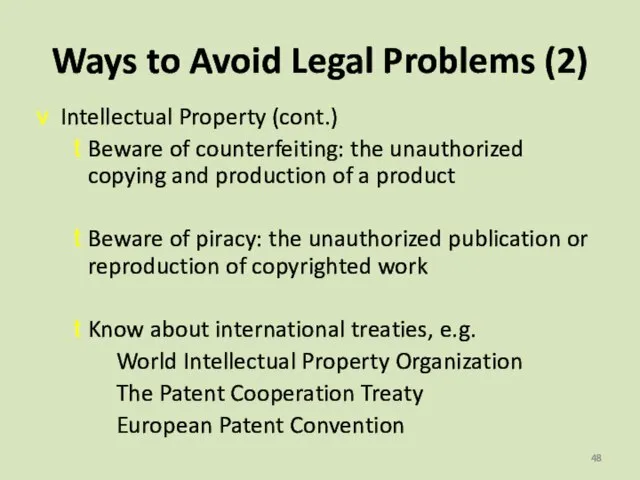
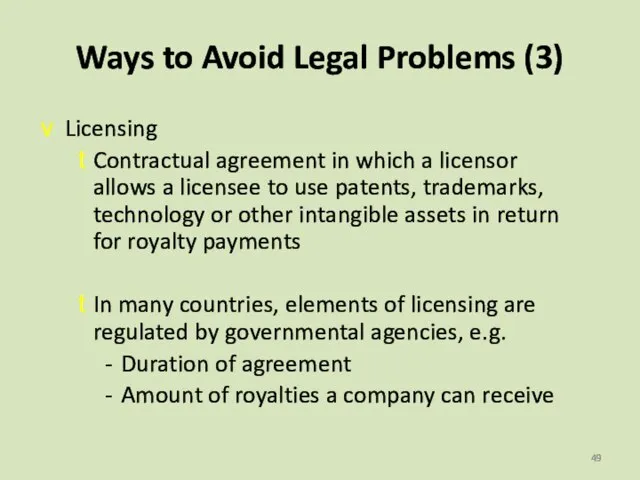
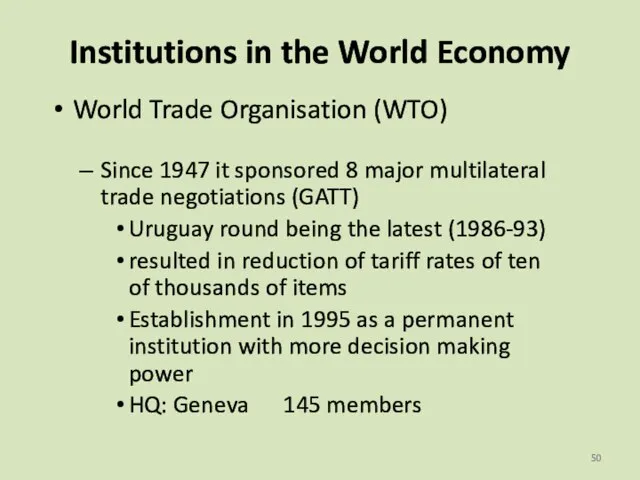
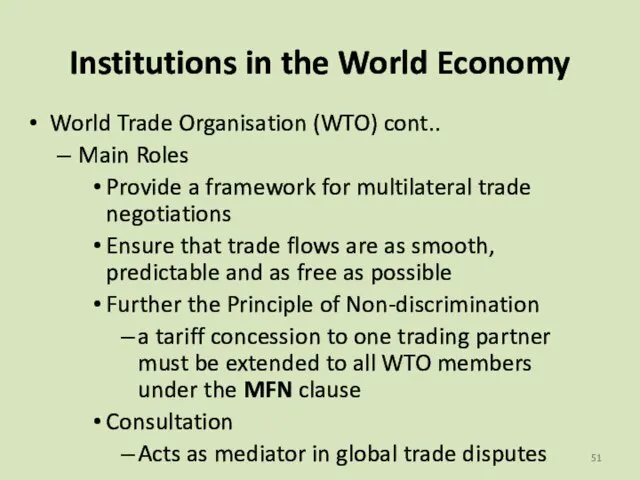
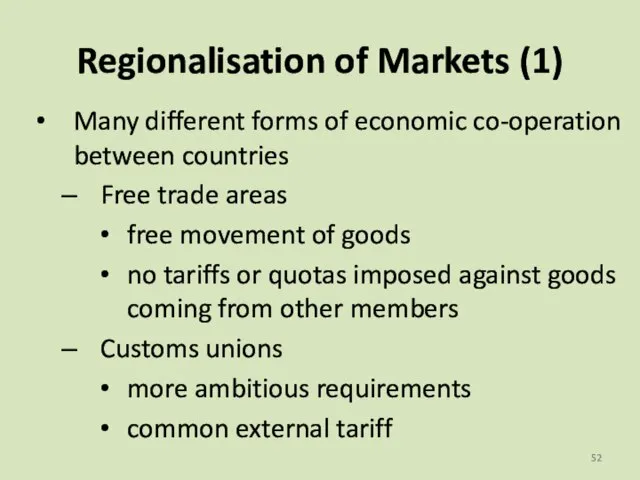
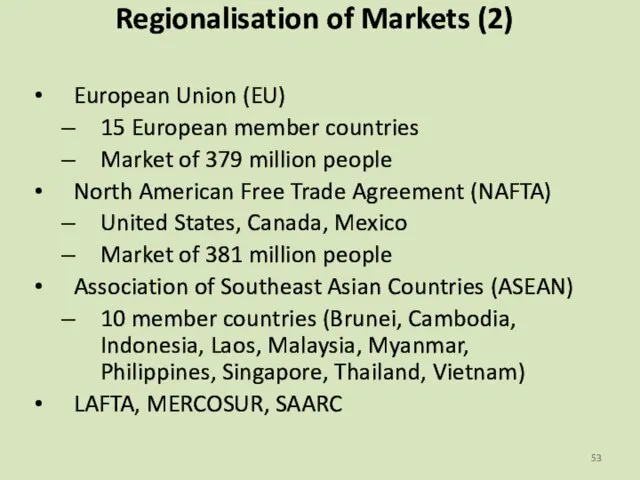
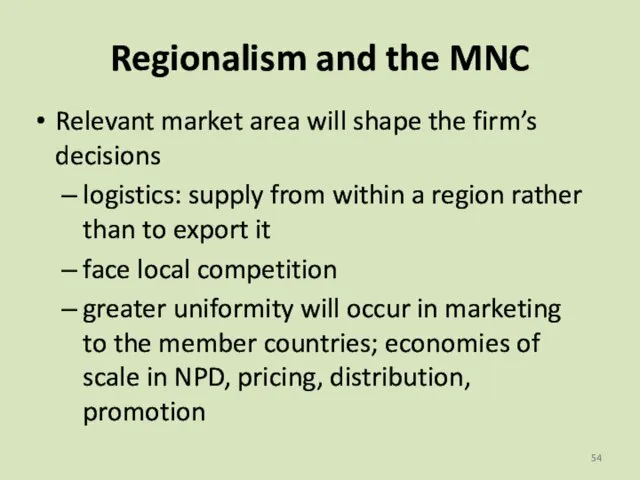
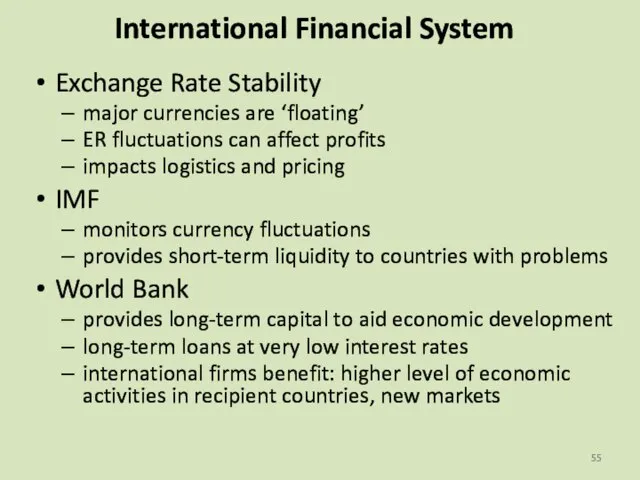
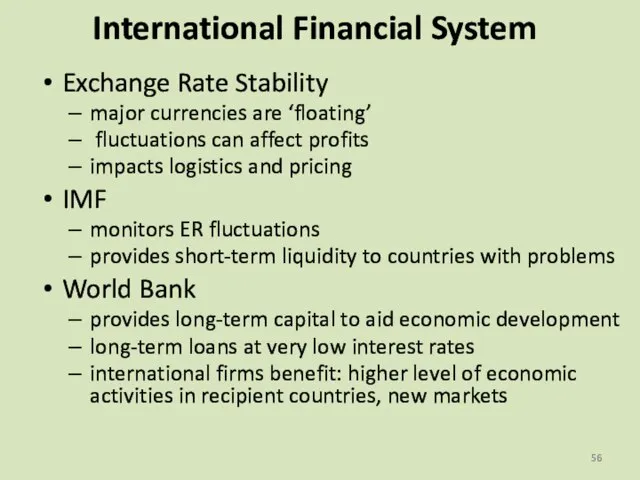
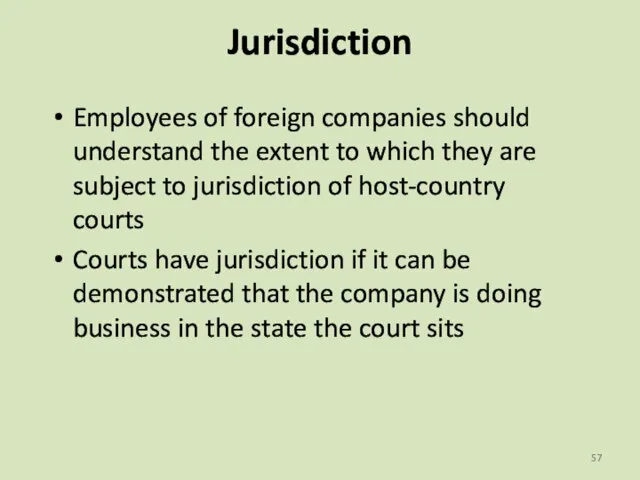
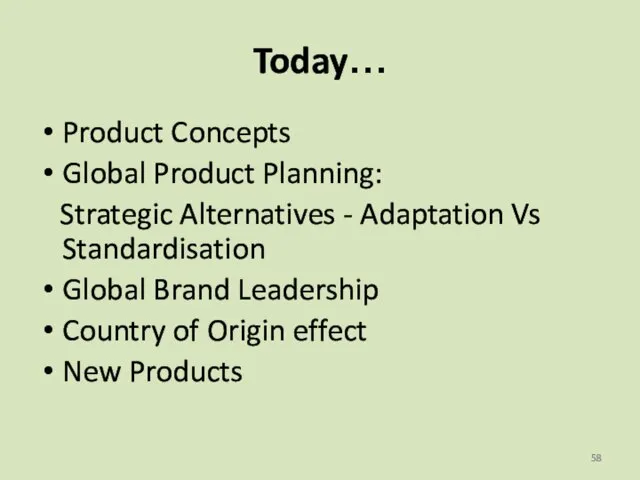
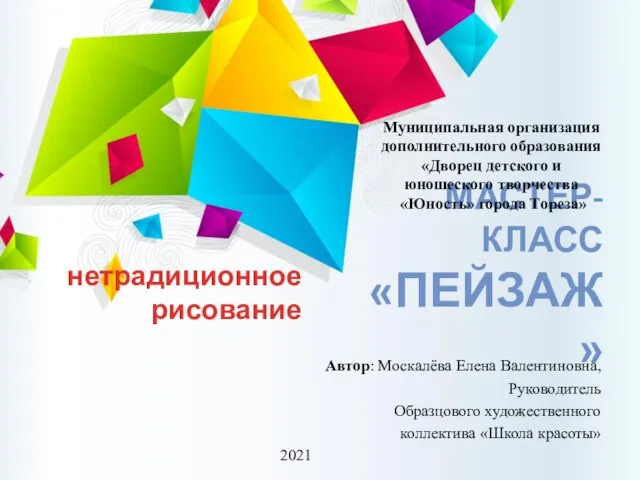 Пейзаж. Методика правополушарного рисования
Пейзаж. Методика правополушарного рисования Экологические проекты должны стать обязательной составной частью программы развития каждого моногорода
Экологические проекты должны стать обязательной составной частью программы развития каждого моногорода ЦЕНТР РАЗВИТИЯ РЕБЕНКА -
ЦЕНТР РАЗВИТИЯ РЕБЕНКА - Право собственности хозяйственных обществ
Право собственности хозяйственных обществ ОСНОВНЫЕ ОРГАНИЗАЦИОННЫЕ И ЭКОНОМИЧЕСКИЕ ПОКАЗАТЕЛИ РЕГИОНАЛЬНЫХ ИССЛЕДОВАТЕЛЬСКИХ КОМПАНИЙ АНАЛИЗ ДИНАМИКИ
ОСНОВНЫЕ ОРГАНИЗАЦИОННЫЕ И ЭКОНОМИЧЕСКИЕ ПОКАЗАТЕЛИ РЕГИОНАЛЬНЫХ ИССЛЕДОВАТЕЛЬСКИХ КОМПАНИЙ АНАЛИЗ ДИНАМИКИ Восстанавливаем кадровый учет с нуля
Восстанавливаем кадровый учет с нуля Кафе и рестораны
Кафе и рестораны Подготовительный период
Подготовительный период  Задачи на смеси, сплавы, концентрацию
Задачи на смеси, сплавы, концентрацию Способы восстановления деталей
Способы восстановления деталей Воздвижение креста на часовне Талецкого источника
Воздвижение креста на часовне Талецкого источника Работа в продуктовых супермаркетах
Работа в продуктовых супермаркетах Презентация на тему Источники звука, звуковые волны и колебания
Презентация на тему Источники звука, звуковые волны и колебания Государственное образовательное учреждение Центр образования № 1862 ЮОУО г. Москвы Представляет педагогический совет “Современ
Государственное образовательное учреждение Центр образования № 1862 ЮОУО г. Москвы Представляет педагогический совет “Современ Нас разбаловали технологии, что с этим делать?
Нас разбаловали технологии, что с этим делать? Магия струн
Магия струн Презентация на тему История исследования малой группы
Презентация на тему История исследования малой группы Narraprobleemid ja analuus
Narraprobleemid ja analuus Организационные основы противодействия терроризму и экстремизму в Российской Федерации ЛЕКЦИЯ для слушателей ФПК (составитель:
Организационные основы противодействия терроризму и экстремизму в Российской Федерации ЛЕКЦИЯ для слушателей ФПК (составитель:  Выполнение работ по профессии Бармен. Отчёт производственной практики
Выполнение работ по профессии Бармен. Отчёт производственной практики СТОЛЯРНОЕ ПРОИЗВОДСТВО ПОЛНОГО ЦИКЛА
СТОЛЯРНОЕ ПРОИЗВОДСТВО ПОЛНОГО ЦИКЛА ФГОС ООО
ФГОС ООО Муниципальное общеобразовательное учреждение средняя общеобразовательная школа с углубленным изучением предметов естественнон
Муниципальное общеобразовательное учреждение средняя общеобразовательная школа с углубленным изучением предметов естественнон O. J. Simpson murder case
O. J. Simpson murder case Особенности управления в спорте Sportsience. Коммуникативные навыки как основа эффективного общения
Особенности управления в спорте Sportsience. Коммуникативные навыки как основа эффективного общения N.O.T.E.S.
N.O.T.E.S. Однородные члены предложения
Однородные члены предложения Метод переменных состояния
Метод переменных состояния